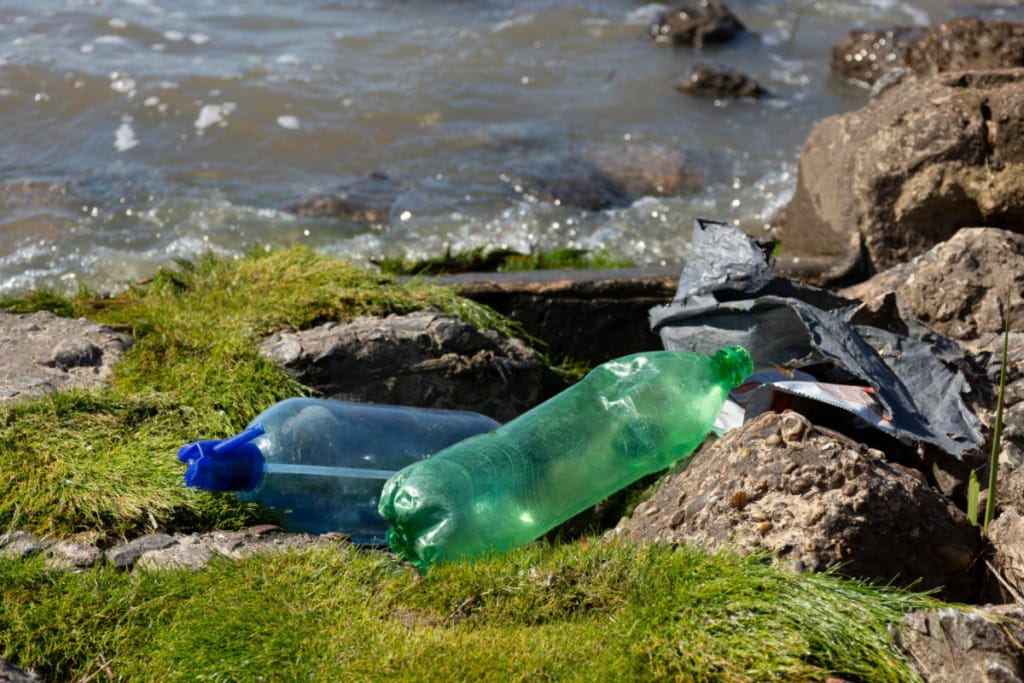
Recycling your used bottles may not seem like it can have a major effect on the environment, but the truth is that it’s a simple yet powerful way to reduce waste while conserving precious resources and minimizing unnecessary pollution.
Recycling of materials – including turning used bottles into new products – allows us to cut down on landfill waste and save energy too, fostering a healthier planet and a greener future for all of us.
Why Bottle Recycling Matters for the Environment
There are numerous benefits of recycling plastic, metal, and glass. In a nutshell, bottle recycling is considered to be extremely valuable since it decreases the need for new material production. This reduces the accumulation of waste in landfills as well as reducing pollution and the energy used as compared to making new bottles from raw materials.
Reduce Landfill Waste and Prevent Pollution
One of the major environmental benefits of recycling is that it can reduce carbon and waste production. The most recent Environmental Protection Agency (EPA) data shows that recycling and composting municipal solid waste has saved the equivalent of more than 193 million metric tons of carbon dioxide in 2018 alone. In addition, recycling one ton of plastic can save about 130 million kilojoules of energy, which is equivalent to the energy provided by about one gallon’s worth of gasoline.
Although these numbers are so large that they may be difficult to conceptualize, think of it this way: recycling just 10 plastic bottles can save enough energy to power a laptop for more than 25 hours.
To get a better idea of how much energy you can save through recycling particular waste products – including, but not limited to, plastic bottles – refer to the EPA’s individual Waste Reduction Model (iWARM) tool.
The more bottles that can be made of recyclable plastics that we recycle, the fewer of these bottles will end up either in landfills, or incinerators, or polluting our environment, both on land and in the ocean as harmful microplastics. In addition, recycling means that there is less need to extract new resources for new products, such as oil in the case of plastics.
Boost Recycled Product Creation
Recycling boosts the production of recycled products by providing more raw materials to be used to manufacture new items, such as new bottles, clothing, carpeting, and other necessities. This process reduces our collective reliance on wasteful virgin materials.
Bottle drop recycling like that of CLYNK is even more efficient than curbside municipal recycling. This is because curbside recycling collection (particularly single-stream recycling) is frequently contaminated with non-recyclable materials, which means that even if you put your bottles in the recycling bin/bag, they may not actually get recycled.
By contrast, CLYNK’s bottle redemption/recycling process is multi-stream, and the product is uncontaminated plastics that are virtually 100 percent recyclable. The data on CLYNK’s results speaks for itself:
- Oregon has used technology similar to CLYNK to achieve the highest redemption rate in the country: a whopping 90 percent.
- Participants have used CLYNK to recycle over 2.6 billion containers, including bottles.
- CLYNK has diverted the equivalent of more than 30 major league baseball stadiums in the volume of all the containers that they have recycled.
- CLYNK has also saved the equivalent of over 602 million miles of car emissions.
You can maximize your beneficial environmental impact by choosing bottle drop recycling (more on how this process works in the next section) if this option is available in your area.
How to Recycle Your Bottles Right
About Bottle Drop Recycling
Bottle drop recycling is as simple as filling up bags with beverage bottles and cans that you’ve paid a deposit on and dropping them off at a designated location. Unlike municipal curbside recycling, bottle drop recycling is frequently run by private companies such as CLYNK.
The bottle redemption process for CLYNK is quite straightforward: put your beverage containers into designated green recyclable bags, tag your bag using your personalized CLYNK bag tags (printable at CLYNK kiosks), and bring them to the closest CLYNK drop-off destination. From here, simply scan your bags and drop them off – this process should take less than a minute to complete, and you’re done.
As you continue to recycle with CLYNK, you can even keep track of how many bottles and cans you’ve recycled through their app, as CLYNK maintains a record of every participant’s overall impact on the environment through recycling.
Begin Recycling with CLYNK
To maximize your positive environmental impact and start bottle drop recycling with CLYNK, you can quickly and easily create an account to sign up online. Once you’re registered, we’ll send you free bag tags, CLYNK cards, and a voucher for 10 CLYNK recyclable bags.
Alternatively, you can visit your nearest CLYNK kiosk to sign up in person, where you’ll receive your membership card, a free box of bags, and your bag tags.
Discover more about the process of recycling containers with CLYNK by visiting our FAQs page.